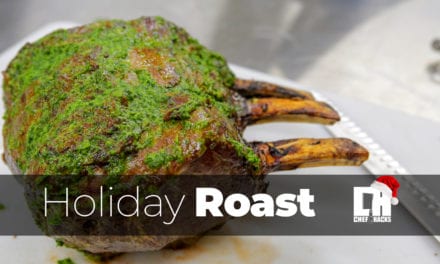There is a common misconception that using a steel will sharpen a knife. While it may seem and appear that after using a steel your knife seems to glide through the food a lot easier, you aren’t actually sharpening your knife when you run it across a steel. You see, the purpose of a steel is to straighten your blade allowing it to slice more evenly through the product you are working with. A smooth blade can slide easily through, whereas a knife with nicks and impurities in it won’t allow the same type of smooth motion. When using a steel, it is providing a structure for those impurities to be straightened out and back to the blade’s normal pattern. While talking shop about how to properly sharpen a knife, it’s always good to have a few professional kitchen terms in your vocabulary, check some of those out these chef lingoes and terms.
Now let us discuss what it actually means to sharpen a kitchen knife with a wet stone. Professionals and amateurs alike will use what is called a wet stone to properly sharpen a knife. A wet stone is basically what it sounds like, a stone that is soft enough to absorb water to allow it to sharpen. Wet stones will range in coarseness similar to sandpaper, the larger the number, the finer the stone. Typically, you will see a three-sided or two-sided stone equipped with a rough, medium, and fine grit. This allows you to sharpen the knife depending on how dull it has become over time.
Working the knife over the stone has become a bit of a refined art, holding it at the proper angle while applying enough pressure is the most important part. While there are also many different strategies on the path of the blade that it needs to travel, it is up for debate to the best way to do it. Many people prefer the “U” pattern, while others work it in a straight path with short circular motions. Many amateurs will often try this task on their own and end up doing more harm than good to their knife. My best advice to anyone who is going to be ambitious and try to sharpen their kitchen knife on their own is to practice first on an old knife that you never use and then use one that you do use. This way if you end up dulling the knife you don’t damage it too much. If you don’t feel ambitious enough to do it on your own, there are usually knife shops around town that will do it for you.





Recent Comments